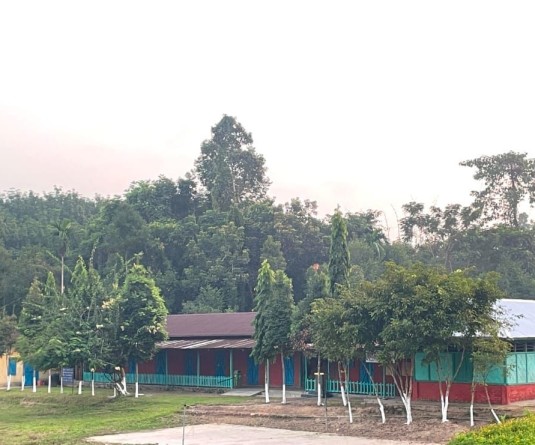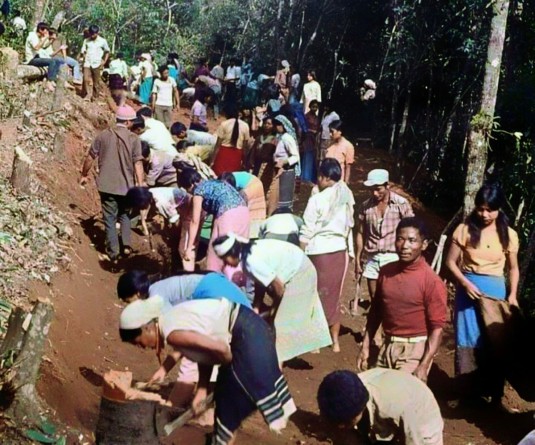Morung File Photo
Imkong Walling
Dimapur | February 22
Everything comes for a price, more so with manual labour. Blame it on inflationary trends in the market or an utter lack of monitoring mechanism, labour costs are skyrocketing in Dimapur. And the sector feeling the most pinch is, not surprisingly, the construction business. At present, a day’s worth of work of a labourer costs anywhere between Rs. 200-Rs. 400, which is way above the prescribed rate.
Broadly classified into three categories – skilled, semi-skilled and unskilled – general labour (or manual labourers) are paid according to the category they fall in or depending on the level of skill. According to the prevailing rate fixed by the department of Labour as sanctioned in ‘The Minimum Rate & Wages Act, 1948’, it is Rs. 130, 110 and 100, respectively for the state of Nagaland. Fixed about two years ago as ‘Revised Rate of Wages - 2010’, this existing provision is only on paper though; and will stand so till the next review.
The rate prepared by the government, it appears, found no takers and rightly so, taking into consideration the ever rising price of anything essential and the corresponding argument of daily wage earners, or ‘hajirawallahs’ (sic) in the local terminology. The municipal authorities in Dimapur had no option but to go over the government rate. Consequently, in February of 2011, the Dimapur Municipal Council in consultation with the Labour department came out with a reassessed fee chart to be effectively followed within the municipal jurisdiction. The rate as affixed stood at Rs. 220 for ‘skilled’, Rs. 200 for ‘semi-skilled’ and Rs. 150 for ‘unskilled’ in the general labours grouping. For women, it was Rs. 200, Rs. 180 and Rs. 130 respectively. Yet in reality, there are only two known categories in practice - ‘skilled’ and ‘unskilled’ labourers, the latter of which usually works under the former. For carpentry, the rate was Rs. 270, Rs. 200 and Rs. 130, respectively.






